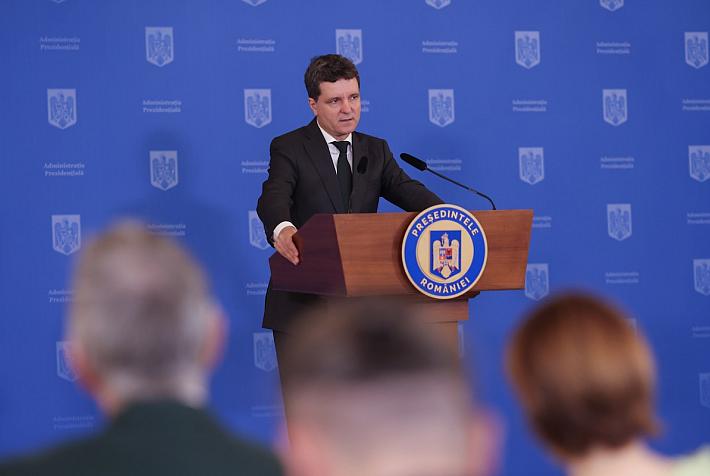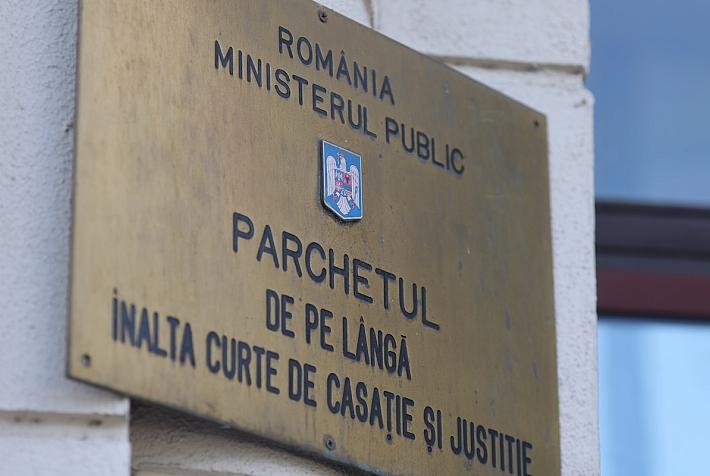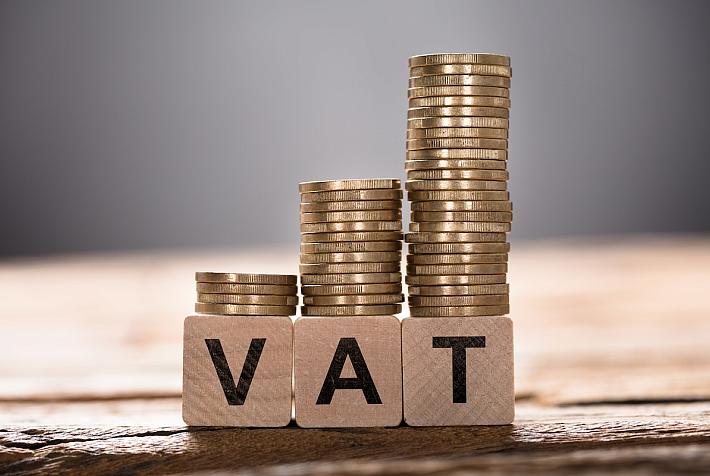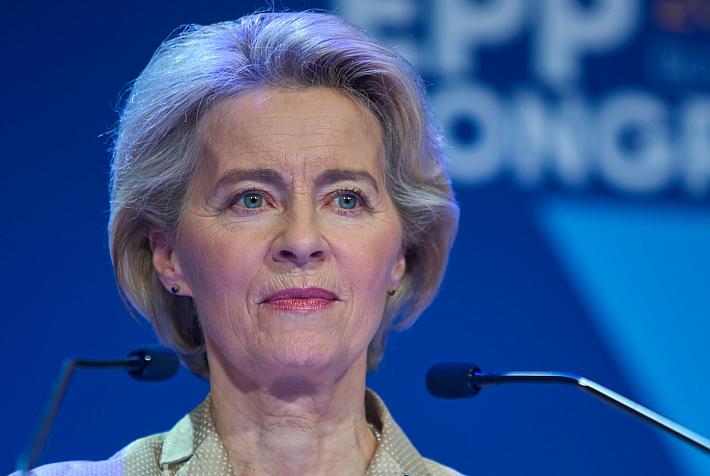Opinion: Go West - doing business in the Western part of Romania

After laying the foundations of prosperity for their inhabitants, several Romanian cities are taking the battle for progress to another level. In the Western part of the country, cities like Arad (Arad County), Timisoara (Timis County) and Oradea (Bihor County) aim to go up in the regional, national and even European rankings. The stake: more investors and tourists, bottom line: prosperity.
Even though their economy is fueled by a strong industry, with yearly increasing turnovers and prosperous retail and services sectors, which bring a large amount of their income, these Western cities know they shouldn’t refrain their appetite for development.
The year 2013 is expected to bring a 3 percent growth to the economies of the counties in which these three cities are located, placing them among Romania’s top ten. In the last five years, the counties of Arad, Timis and Bihor have registered GDP per capita increases of 11.3 percent, 11 percent and 2.5 percent, respectively, and unemployment rates of 2 percent, 3.8 percent and 4.3 percent. The average salary in these cities ranges between EUR 290 and 390. The most important investors in these areas are Smithfield, Continental, Hello, Mahler, Delphi Packard, Alcatel, Linde Gaz, Siemens, Flextronic, Procter&Gamble in Timis, Takata Romania, Coficab Eastern Europe, EKR-Elektrokontact, Leoni Wiring Systems in Arad and Emerson, Shinheung and Plexus, Faist Mekatronic, OMV Petrom in Oradea.
Brief history- It all started with the large multinationals that came here in the 90s and introduced the lohn system, which still resides here and there. They helped reduce unemployment by using under qualified and cheap workforce, but after some swift relocations, the local administrations became aware of the sensitive aspects of these systems: low added value, low salaries and no stability. Still, most of the investors have made a positive difference by developing the skills and competencies of the human resources and substantially contributing to the income of these cities. But the international economical climate and return of equity-based decisions may cause shifts in the policies of these large investors, some of which could be unfavorable for these areas.
The aspects that tip the scale in the direction of their staying here are the geographical positioning, the quality and the development rate of the infrastructure compared to other regions of the country, qualified workforce and a cheaper labor than in the other UE states. Also, based on the size of the investment, some investors receive tax exemptions.
Thinking forward - Romania’s Western cities are preparing for the future, and that means development of entrepreneurship, investing in small and medium businesses, IT&C, tourism, a high qualification of the workforce and development of the infrastructure in order to increase mobility and connectivity.
This strategy has lead to the creation of business support structures like the ADR (Regional Development Agency) or the Business Incubators which serve as guides and support for investors. Large industrial and logistic parks were developed in the vicinity of these cities in order to facilitate access and provide the necessary infrastructure for production.
Arad, Timisoara and Oradea facilitate the access to higher education and qualification in several work fields like engineering, financial, software, legal and sales fields. Timisoara is a strong university center, Arad has two universities with large scientific and research activity and Oradea offers a large set of majors.
The workforce has molded itself during these years in order to meet the necessities of the investors and now most of the workers are accustomed to the automotive, electronic components and textile industry.
Regarding tourism, the tendency is to restore historical and architectural sites in order to capitalize on their heritage, to promote pre-established routes and increase the number of cultural events. Also there are projects to expand the recreational areas like water parks and sport.
Each of these three cities represents a viable option for an investor that wants to establish a profitable business without giving up a modern lifestyle, comparable to that of Western European cities.
By Mircea Galea, guest writer
Mircea Galea is PR consultant with Rainfall Baumann, www.rbco.ro











